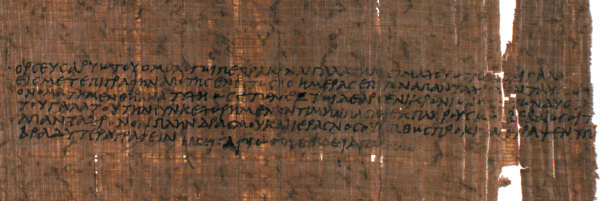
Author, Date, and Place of Writing
Paul is the undisputed author of the letter. He could have composed it during his Roman imprisonment (AD 60–62) or earlier during an Ephesian imprisonment (AD 52–55) that Acts does not mention (see Introduction to Colossians: Date and Place of Composition).
Occasion and Purpose
The reader enters into the middle of this saga without being provided the backstory. The traditional interpretation of the letter views it as Paul’s request for Philemon to welcome back Philemon’s slave Onesimus (see note on Eph 6:5). If Onesimus were a runaway slave (the traditional interpretation), Paul mentions it only obliquely to curb Philemon’s anger and perhaps to conceal it from the authorities. Another interpretation suggests that Onesimus was not a fugitive but had committed some misdeed and sought out Paul to intercede for him with his master. One thing is clear: meeting Paul in prison resulted in Onesimus becoming a Christian.
Paul wants to awaken Philemon’s generous Christian spirit so that he will receive Onesimus as his brother in Christ out of love (v. 9). Paul also expects Onesimus to act out of love. Onesimus returns to Philemon with Paul’s ringing endorsement but with no guarantee that Philemon will honor it. Like the lost (prodigal) son returning home, he can only confess and cast himself on the mercy of his master. We do not know the outcome of this appeal, but the inclusion of this short and intimate letter in the canon suggests that it was successful. It reveals how the Christian faith breaks down what seems to be insurmountable social walls (Gal 3:28; Col 3:11).
Outline
I. Paul’s Greeting (1–3)
II. Paul’s Prayer and Thanksgiving (4–7)
III. Paul’s Appeal (8–22)
IV. Paul’s Final Greeting and Blessing of Grace (23–25)
![]()
![]()
